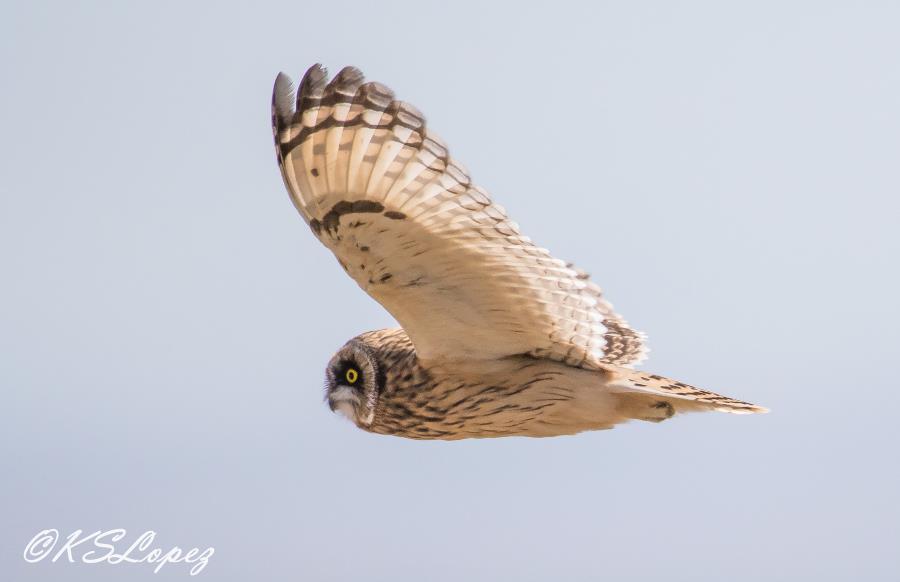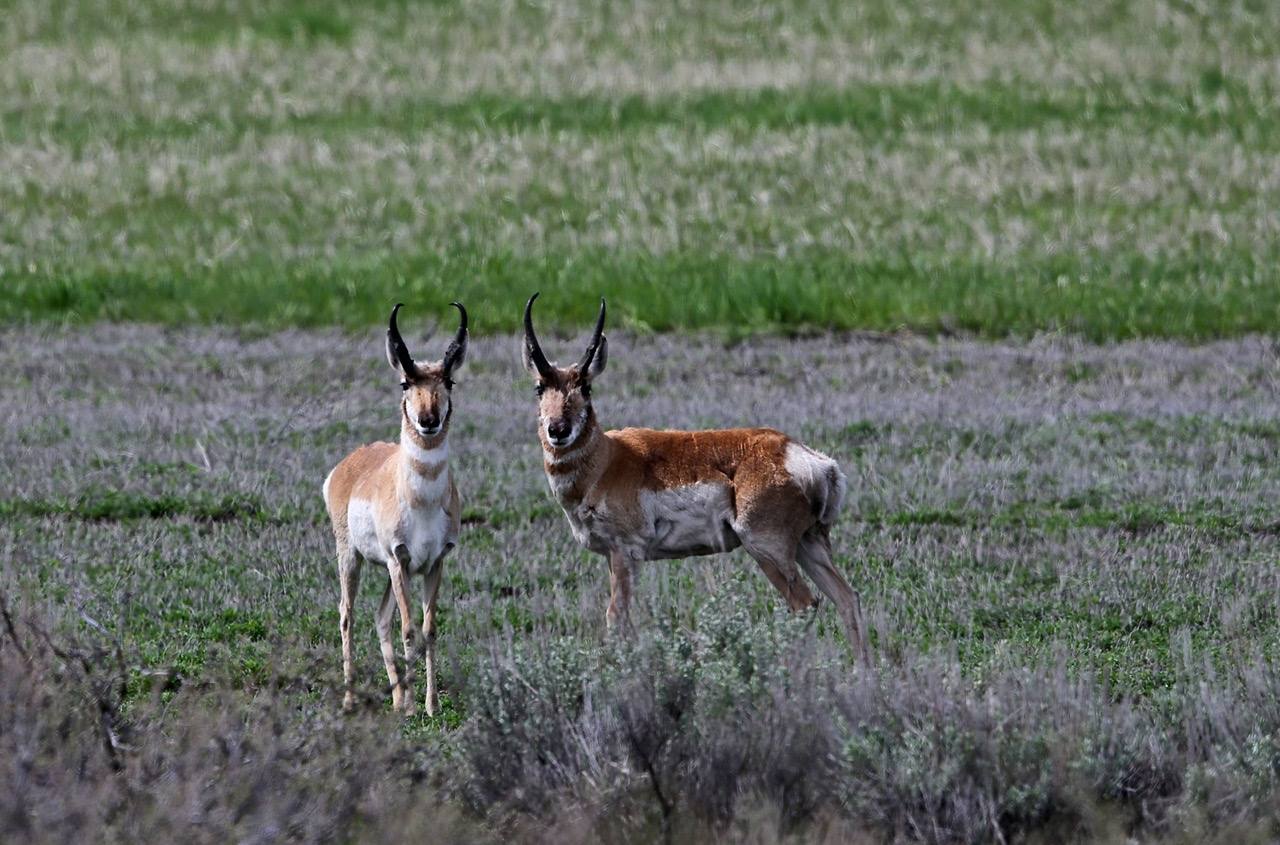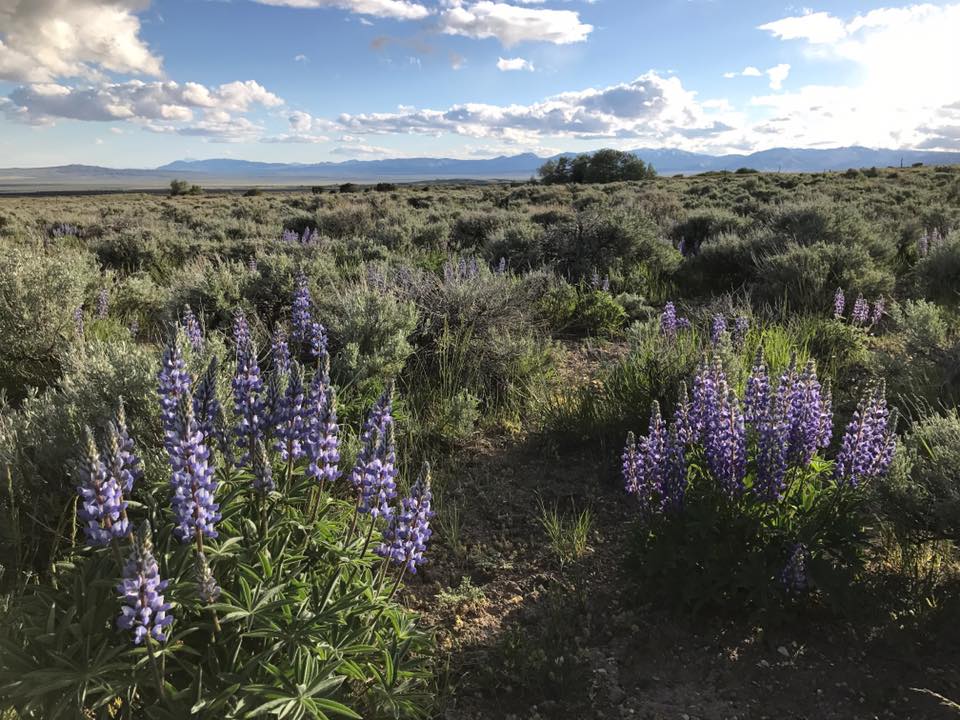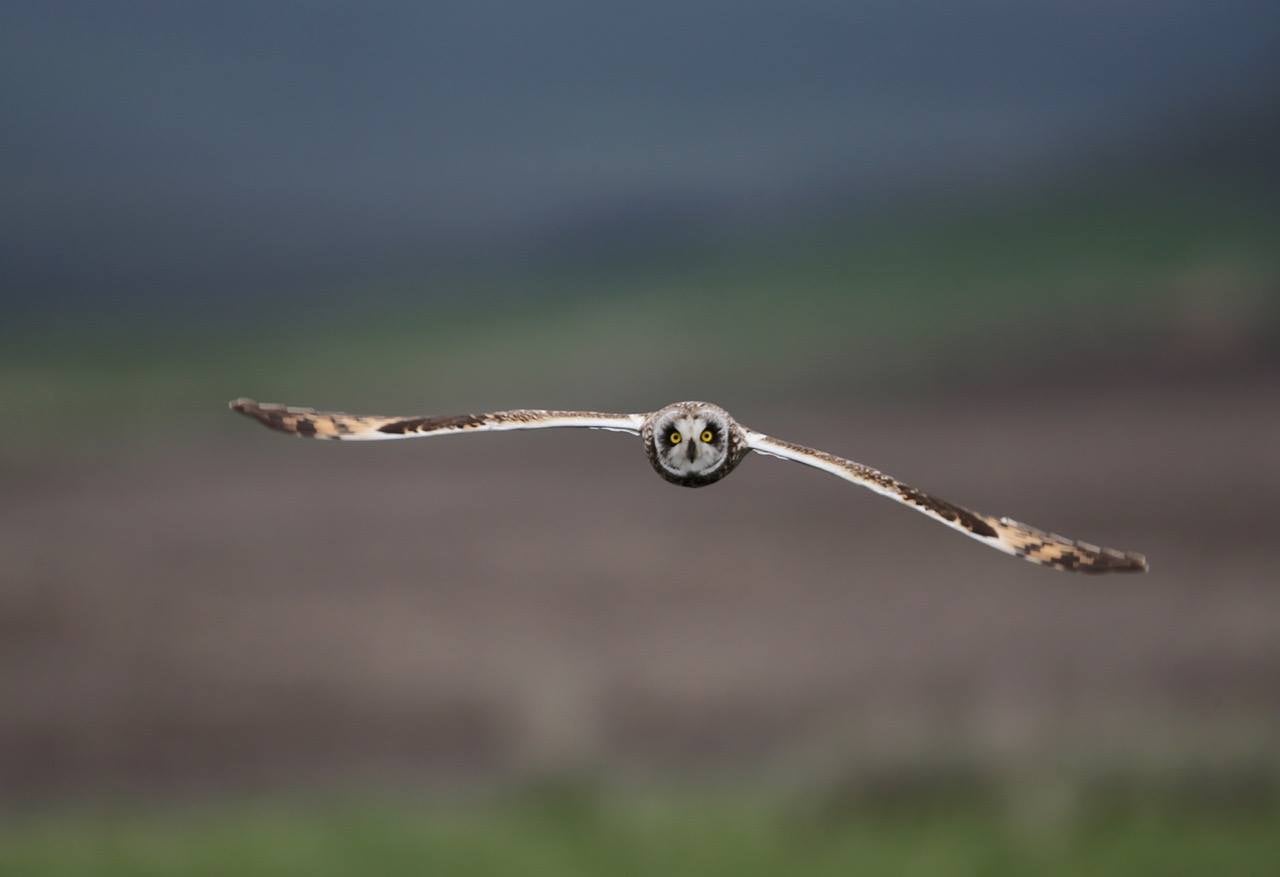The Short-eared Owl has experienced a long-term, range-wide, substantial decline in North America. It is believed that the population has declined by up to 60% in the past 50 years. The species is considered “climate endangered” by the National Audubon Society Climate Project and is considered a Species of Greatest Conservation Need (SGCN) in Idaho and many other western states. However, specific information as to the cause and magnitude of the decline is unknown. Traditional survey methods such as the Breeding Bird Surveys and Christmas Bird Counts are not sufficient to address the conservation needs of this species.
Be sure to listen to Boise State Public Radio’s story on this project here.

For the past three years IBO staff has provided in-kind support to develop and lead a west-wide survey of Short-eared Owls known as WAFLS – Western Asio flammeus Landscape Study. The program began in 2015 as a partnership between IBO and the Idaho Bird Conservation Partnership. Our goal was to specifically support the Idaho State Wildlife Action Plan.
About the Program
The program engages citizen-science volunteers from across the state in a statistically-rigorous survey for Short-eared Owls during the owl’s spring courtship period.

Our early success was due in large part to our generous volunteers! These results influenced the Idaho State Wildlife Action Plan and we published an article in Avian Conservation and Ecology (Miller et al. 2016). In 2016, the program expanded into Utah through a partnership with Hawkwatch International. And this year, the program expanded further into Nevada and Wyoming through partnerships with Nevada Department of Wildlife and the Teton Raptor Center.
330 participants contributed over 3,400 hours to complete surveys across the four states in 2017. Over 80% of the contribution came from citizen-science volunteers.

In partnership with the Western Association of Fish and Wildlife Agencies, the Pacific Flyway Council, and additional state partners, IBO applied for a Competitive-State Wildlife Grant (C-SWG) from the U.S. Fish and Wildlife Service.
We recently received word that we were awarded the grant! This will fund the WAFLS program expansion to all eight western states for the next three years (adding California, Montana, Oregon, and Washington).
The grant will fund work to expand and operate the program for the years 2018 – 2020. IBO will continue to provide leadership for the overall program. This will include survey design, implementation, data collection and management, analysis and reporting. In addition, IBO will continue to coordinate the volunteer effort within Idaho.

The result of our work will continue to inform State Wildlife Action Plans by providing habitat-specific trend information, addressing key research questions (e.g., owl friendly grazing practices), prioritizing specific conservation measures, and continuing our general advocacy for the species. We expect to continue to publish scientific advancements in peer-reviewed scientific journals. We will also continue our engagement with the world-wide owl research and conservation community.
Want to Get Involved?
If you live in one of the eight survey states and would like to become involved, let us know!
You can email ibo@boisestate.edu for more information. Surveys require just two evenings of your time in the March – May time frame (timing dependent upon survey elevation). We will provide you with training, materials, and instructions. No experience is necessary!
Check out the Boise State Press Release about this project here.